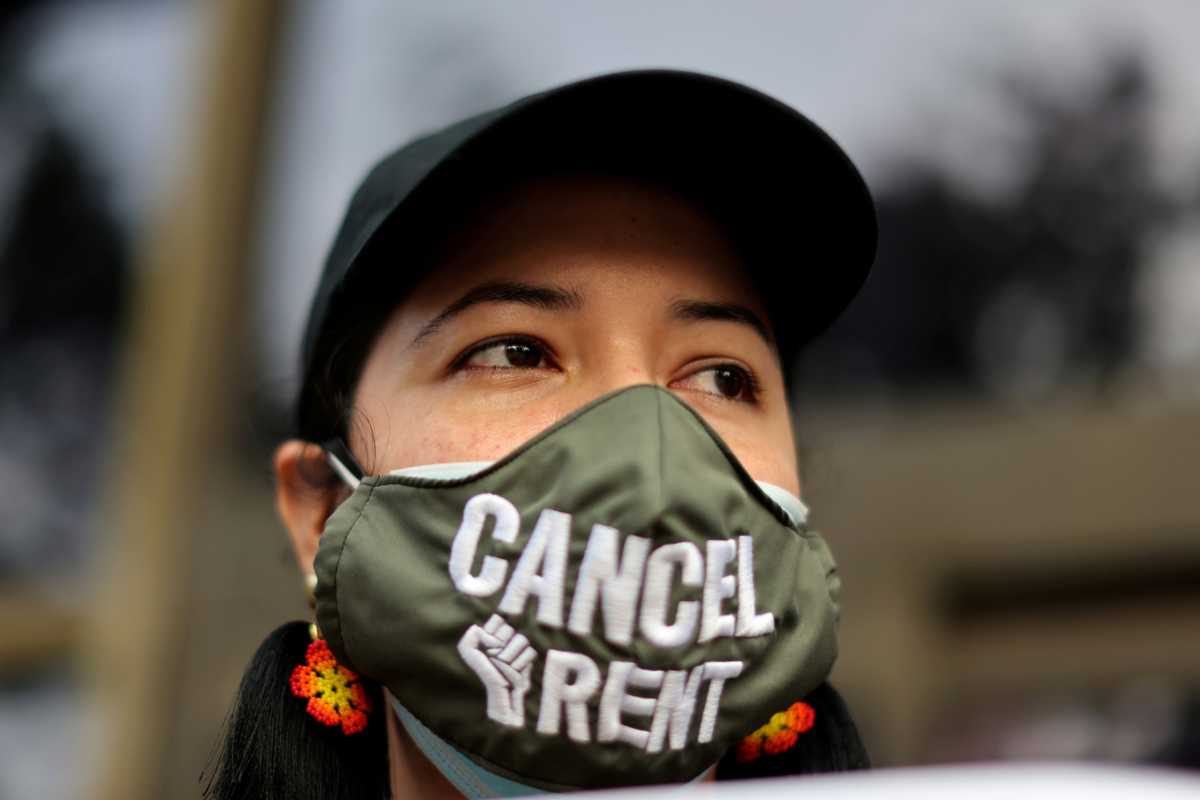By Michelle Conlin
Clarence Hamer doesn’t expect to hang on to his house much longer.
His downstairs tenant owes him nearly $50,000 in back rent on the four-bedroom duplex he owns in Brownsville, Brooklyn. Without those rental payments, Hamer has been unable to pay the thousands he owes in heat, hot water and property taxes. In September, after exhausting his life savings, he stopped paying the mortgage, too.
“I don’t have any corporate backing or any other type of insurance,” said Hamer, a 46-year-old landlord who works for the city of New York. “All I have is my home, and it seems apparent that I’m going to lose it.”
America’s mom-and-pop landlords, along with their tenants, have been dangling by a thread for nine months. Now, with Congress still deadlocked over the contours of a second pandemic stimulus package, they are entering a new housing abyss, a perilous period of pandemic limbo as the last of the safety nets are set to expire.
The day after Christmas, the extended unemployment benefits that have kept 12 million people and their families afloat are scheduled to expire. Then, mere days after that cliff, on New Year’s Day, a national ban on renter evictions from the Centers for Disease Control and Prevention is also set to lapse.
Overnight, an unprecedented bill of $70 billion in unpaid back rent and utilities will come due, according to estimates by Moody’s Analytics Chief Economist Mark Zandi. In all, up to 40 million people could be threatened with eviction over the coming months, research from the Aspen Institute says.
Much of the focus has been on tenants. But Stacey Johnson-Cosby, president of the Kansas City Regional Housing Alliance, says more than 40% of the landlords surveyed in her coalition said that they expected to have to sell their units in the coming months due to rental income losses.
“They are sheltering our citizens free of charge and there’s nothing we can do about it,” said Johnson-Cosby. “This is their retirement income.”
She added that small landlords are also terrified of speaking out for fear of drawing the ire of tenant rights groups who promote “Cancel Rent” and have bombarded landlords with publicity campaigns featuring their pictures and barricades at apartment buildings and local courthouses.
“What they don’t realize is that if they run us out and we fail, it will be private equity and Wall Street firms that buy up all our properties, just like they did with houses after the last foreclosure crash.”
A $908 billion second stimulus relief package proposed by a bipartisan group of senators is gaining traction in Washington but it is unclear if President Donald Trump will support the plan, and it only includes $25 billion for rent relief—far from the $70 billion needed in January.
President-elect Joe Biden has indicated he will sign executive orders the day he takes office extending moratoriums on evictions and foreclosures as well as other relief measures.
But that will not address a brutal 20 days in January, between the safety net expirations and Biden’s inauguration, when the free fall will begin. And economists say this period of uncertainty has already contributed to economic scarring that could threaten the U.S. economic recovery, which is showing signs of slowing and veering back into recession.
Though Biden will likely be telegraphing his administration’s solutions in the coming weeks, “the reality on the ground is going to be very dark, with people losing homes in the dead of winter during a pandemic,” said Moody’s Zandi. “It’s going to be very painful and devastating. There’s going to be a lot of people who fall through the cracks.”
Reuters




























